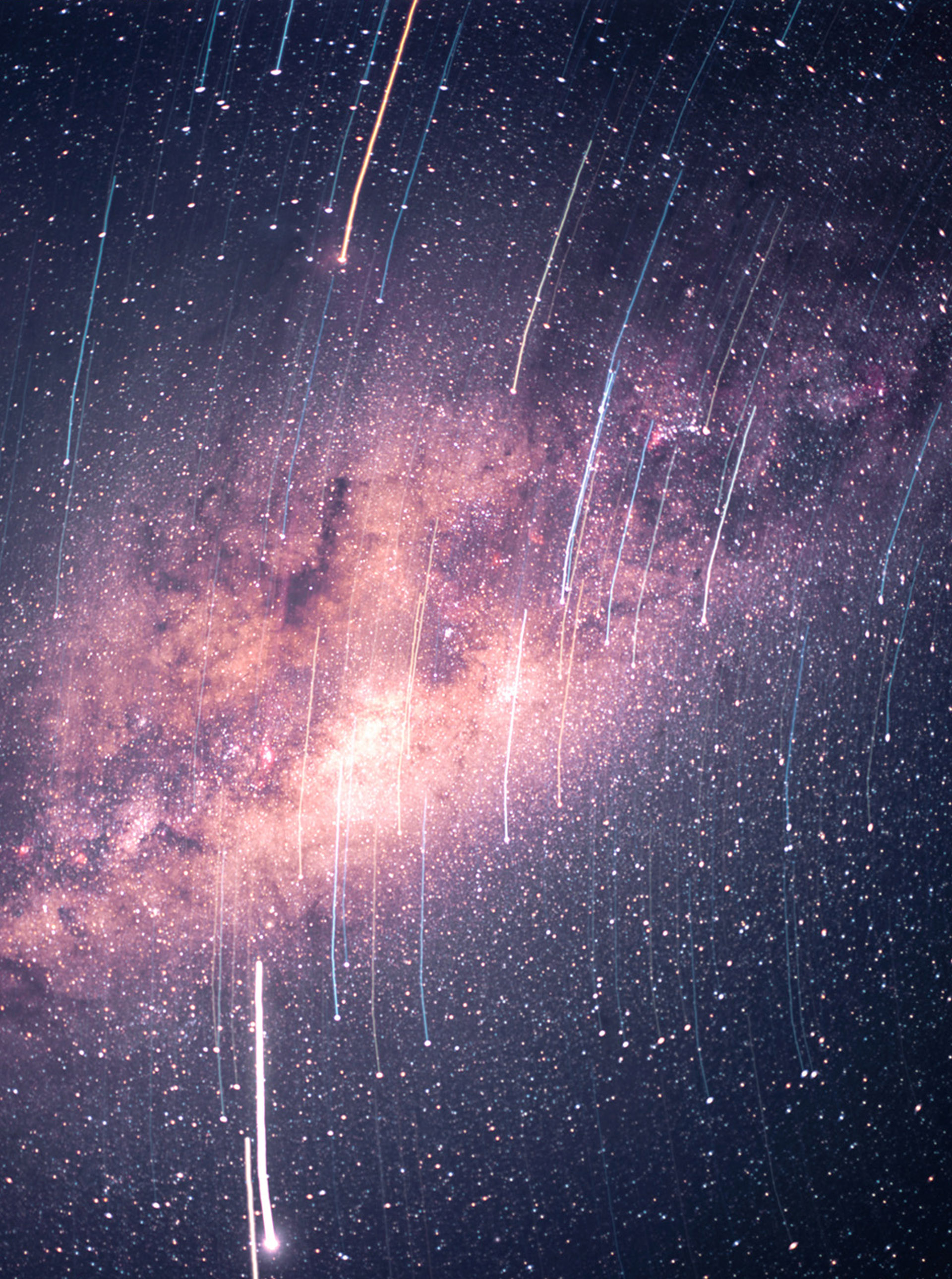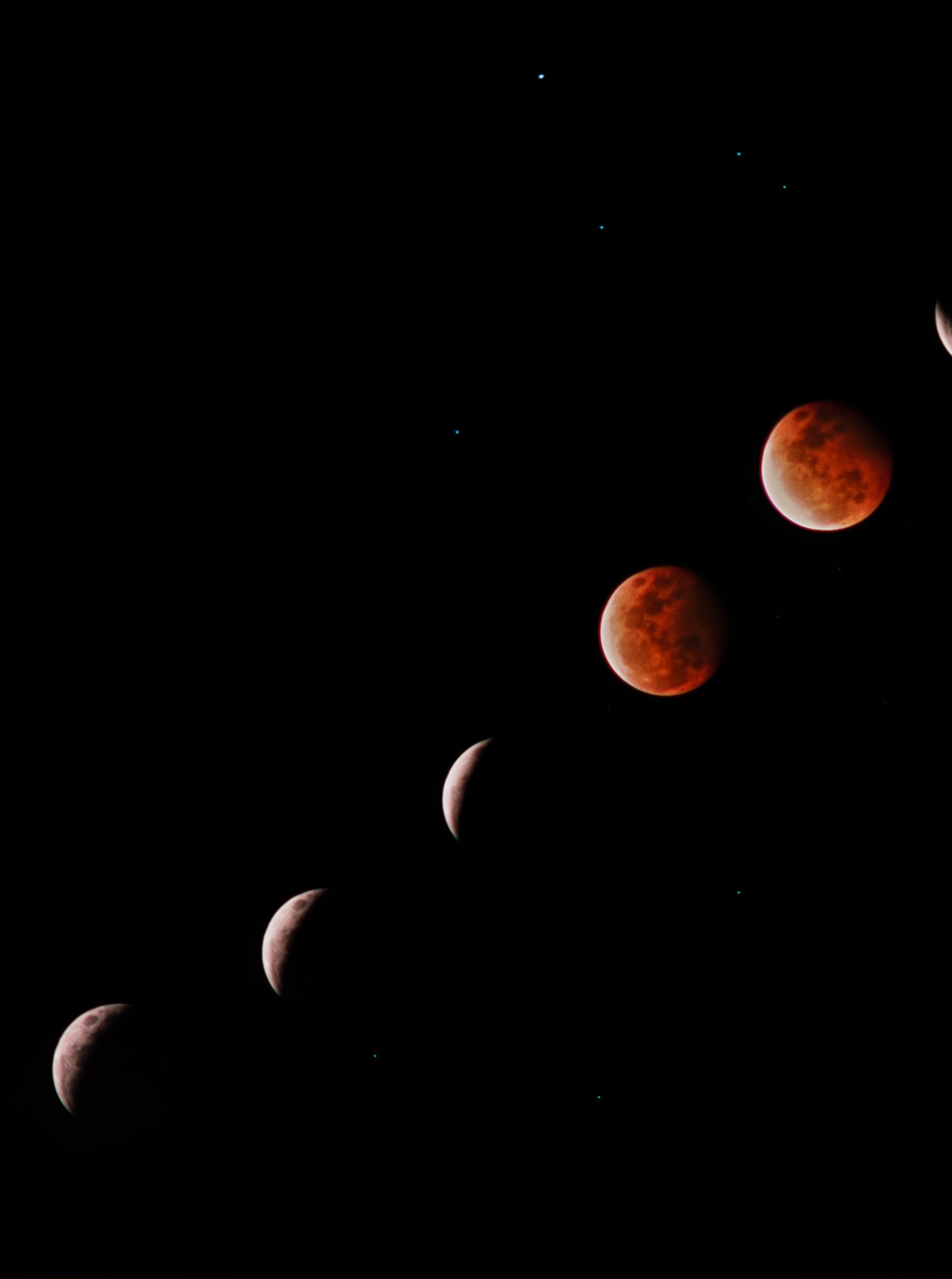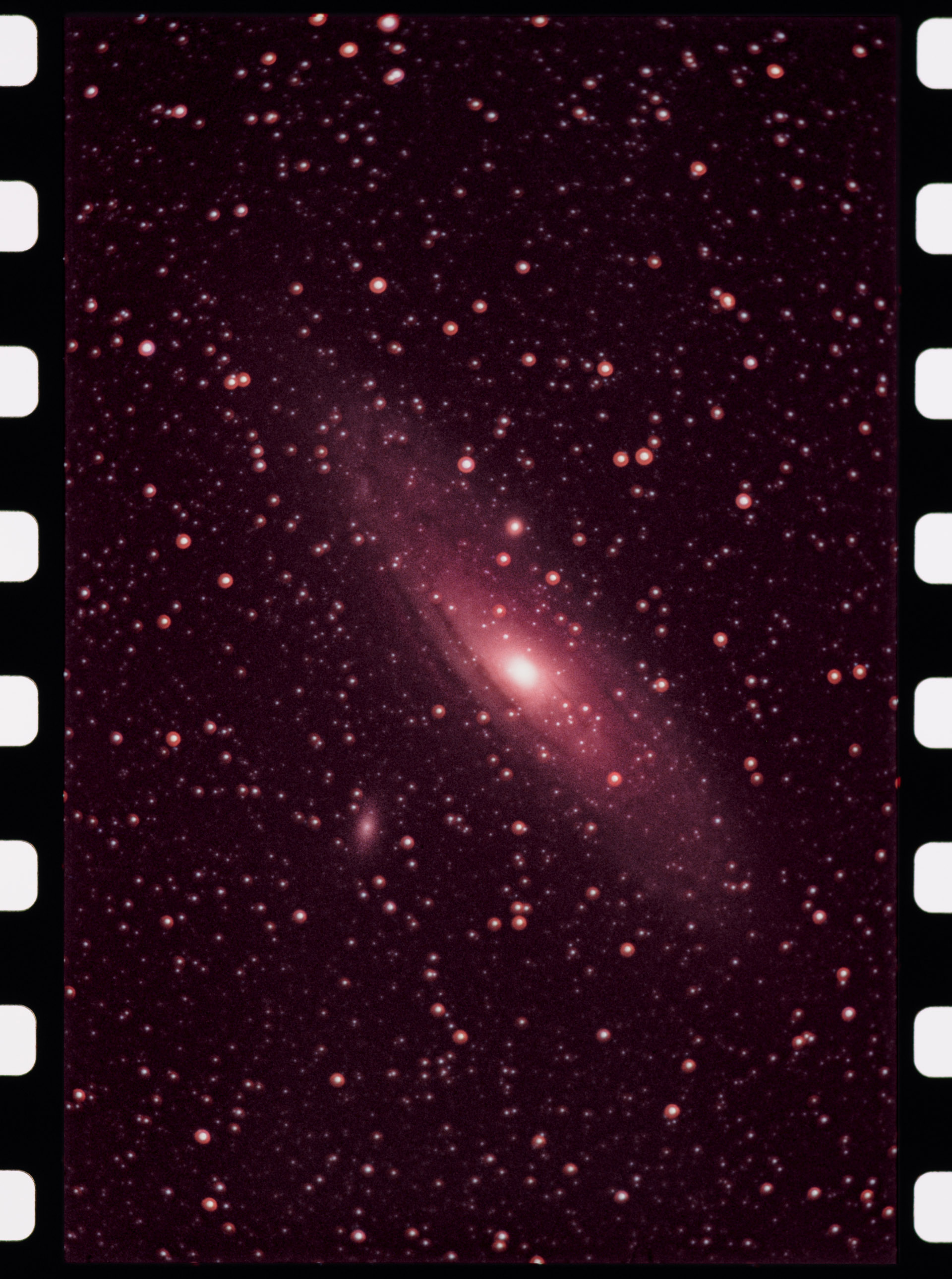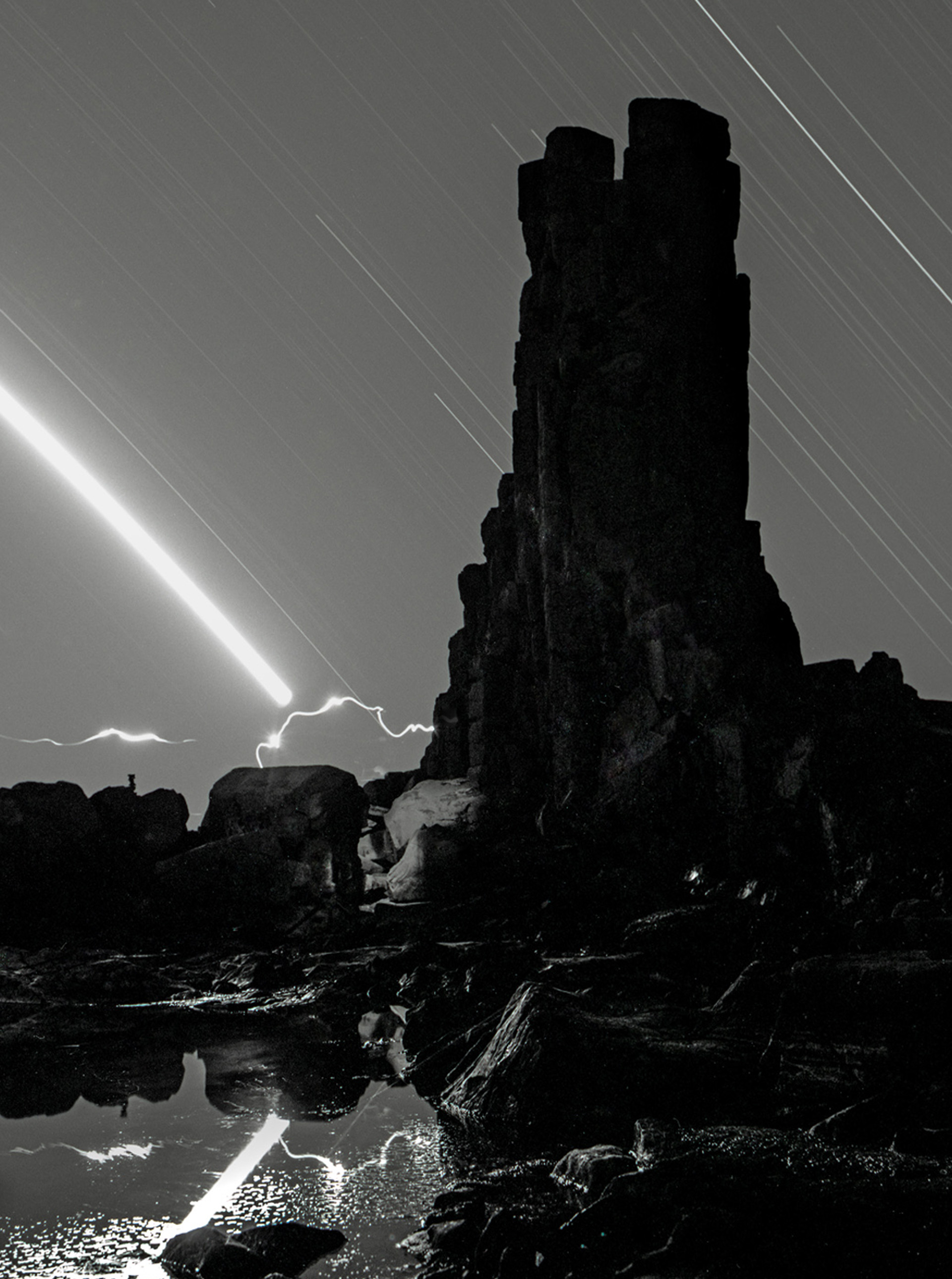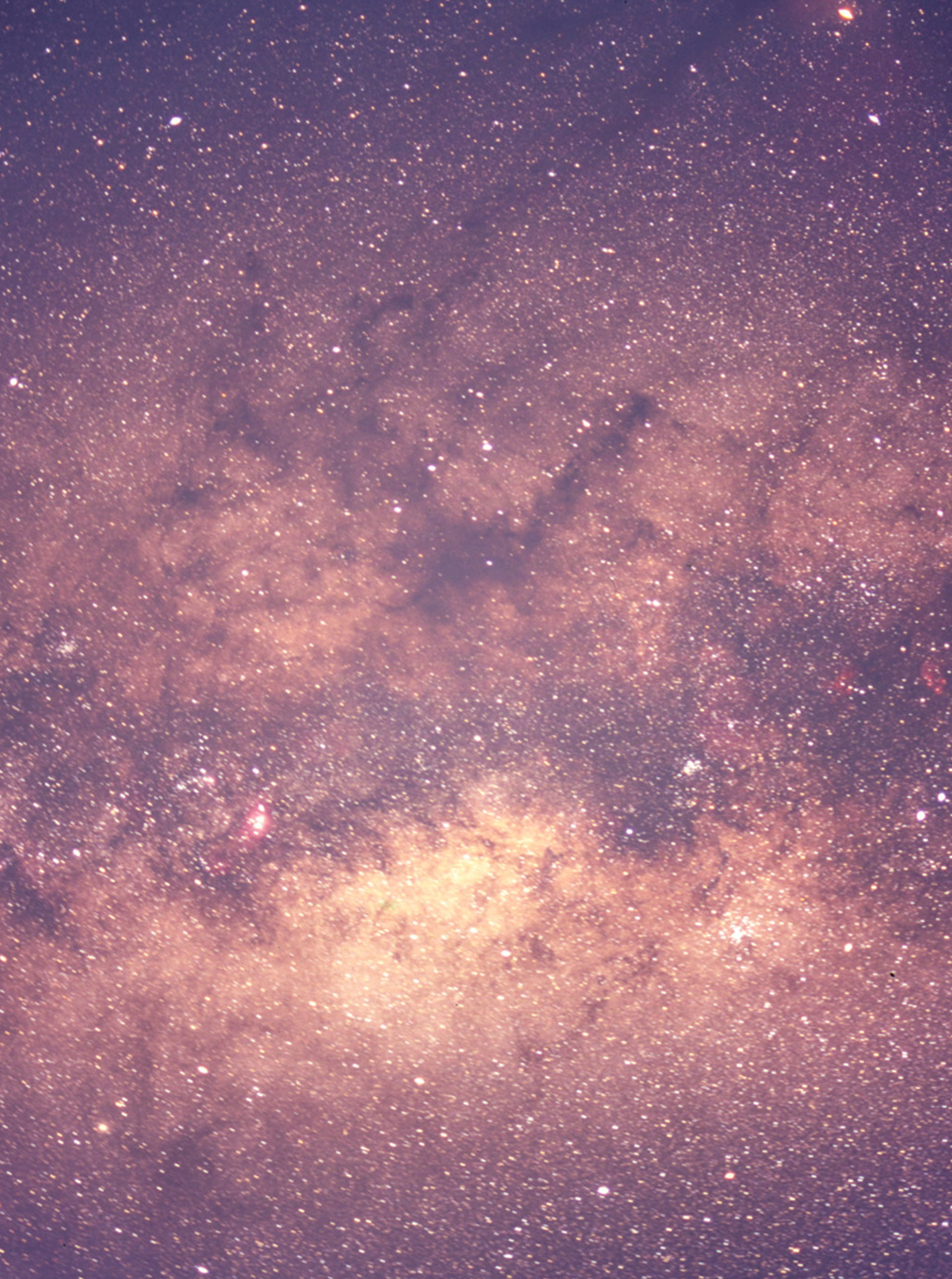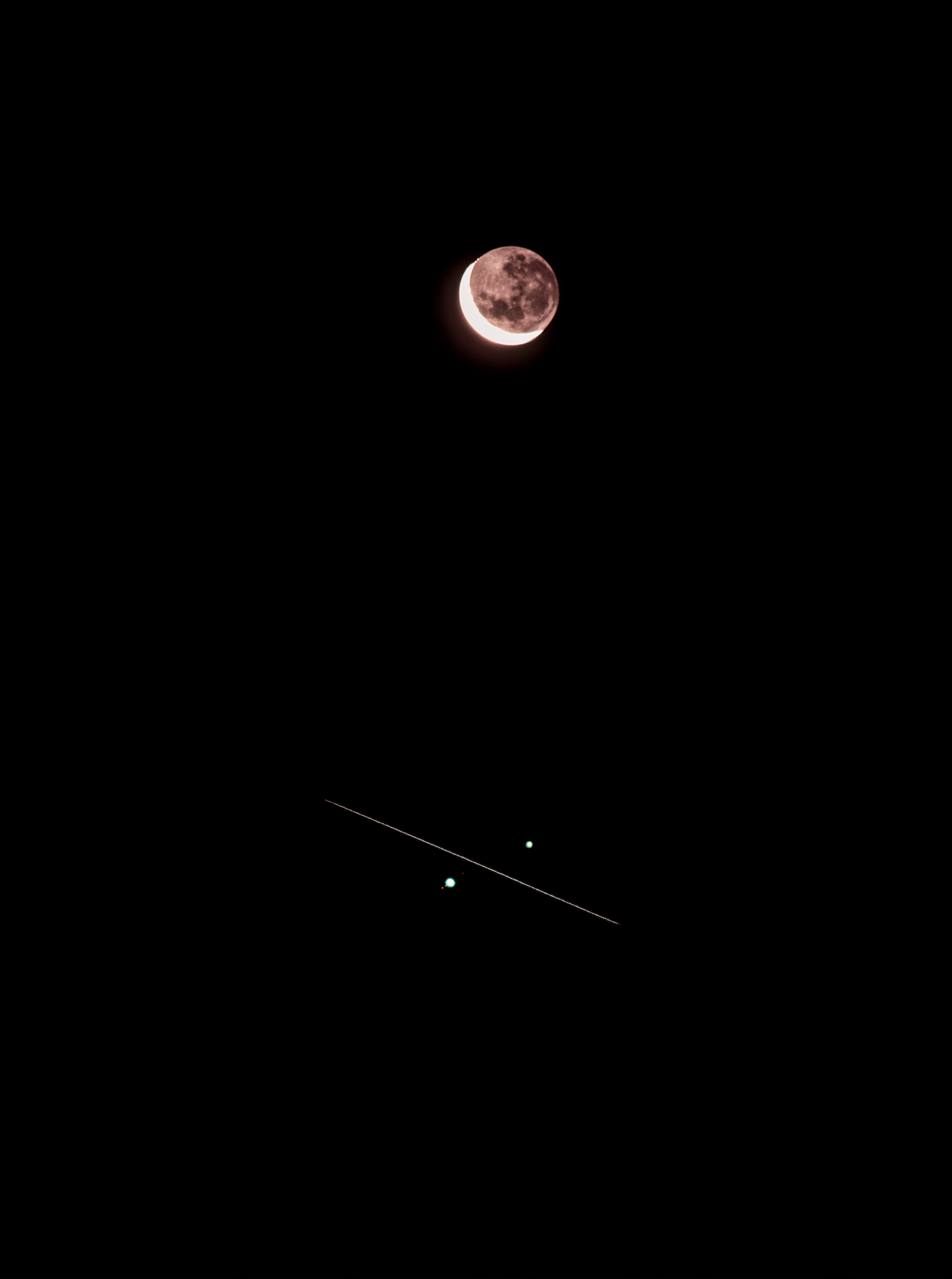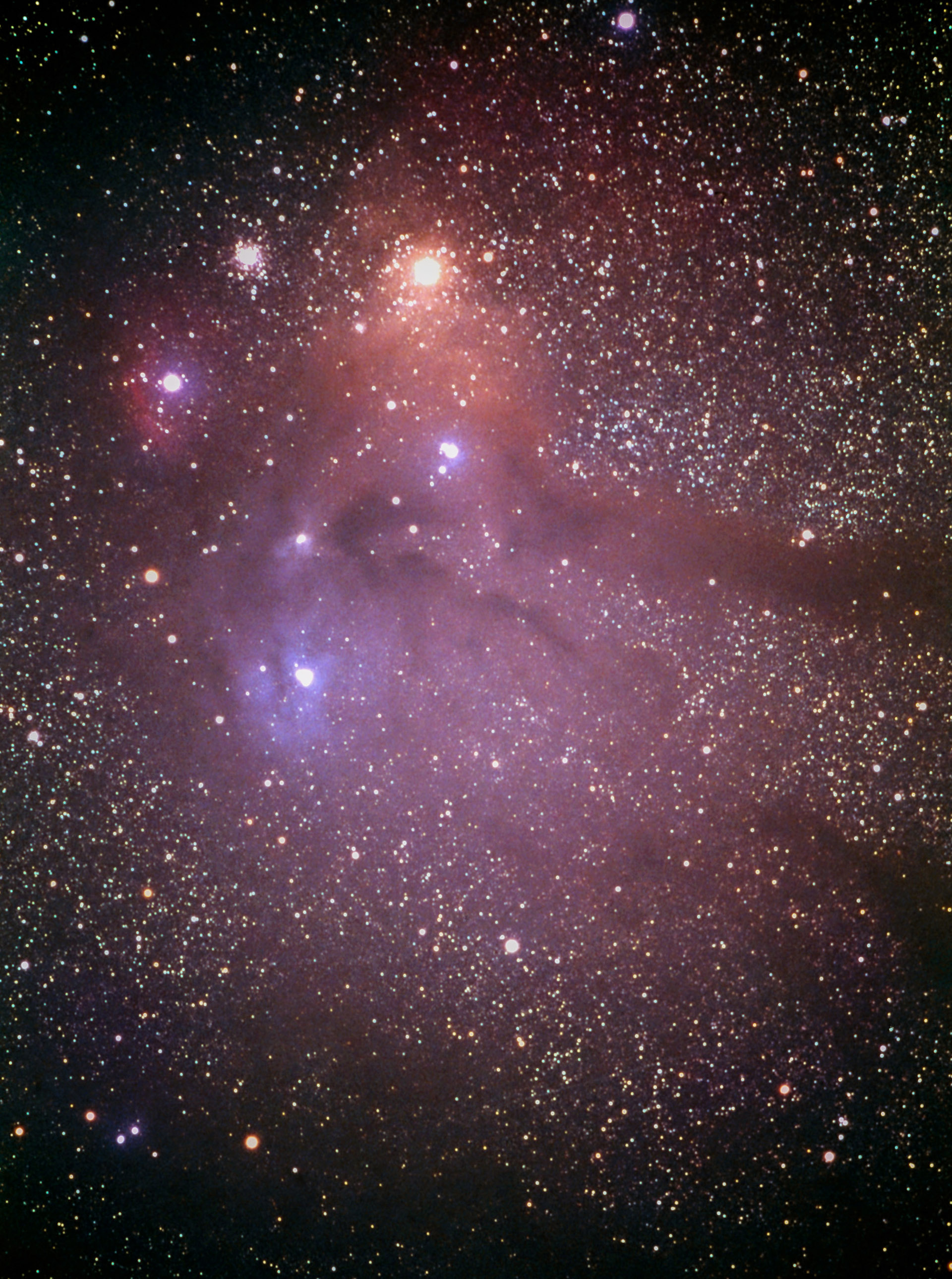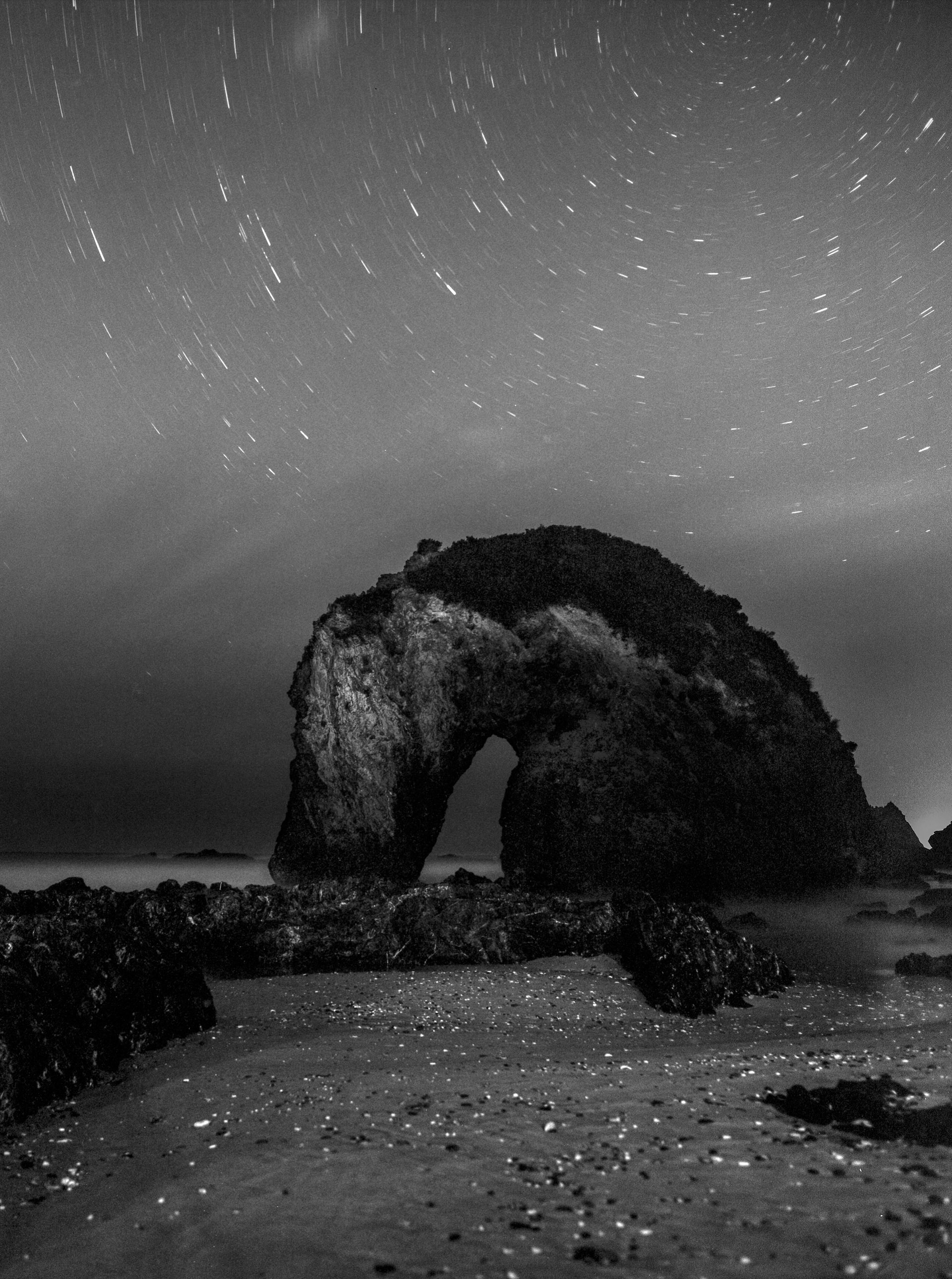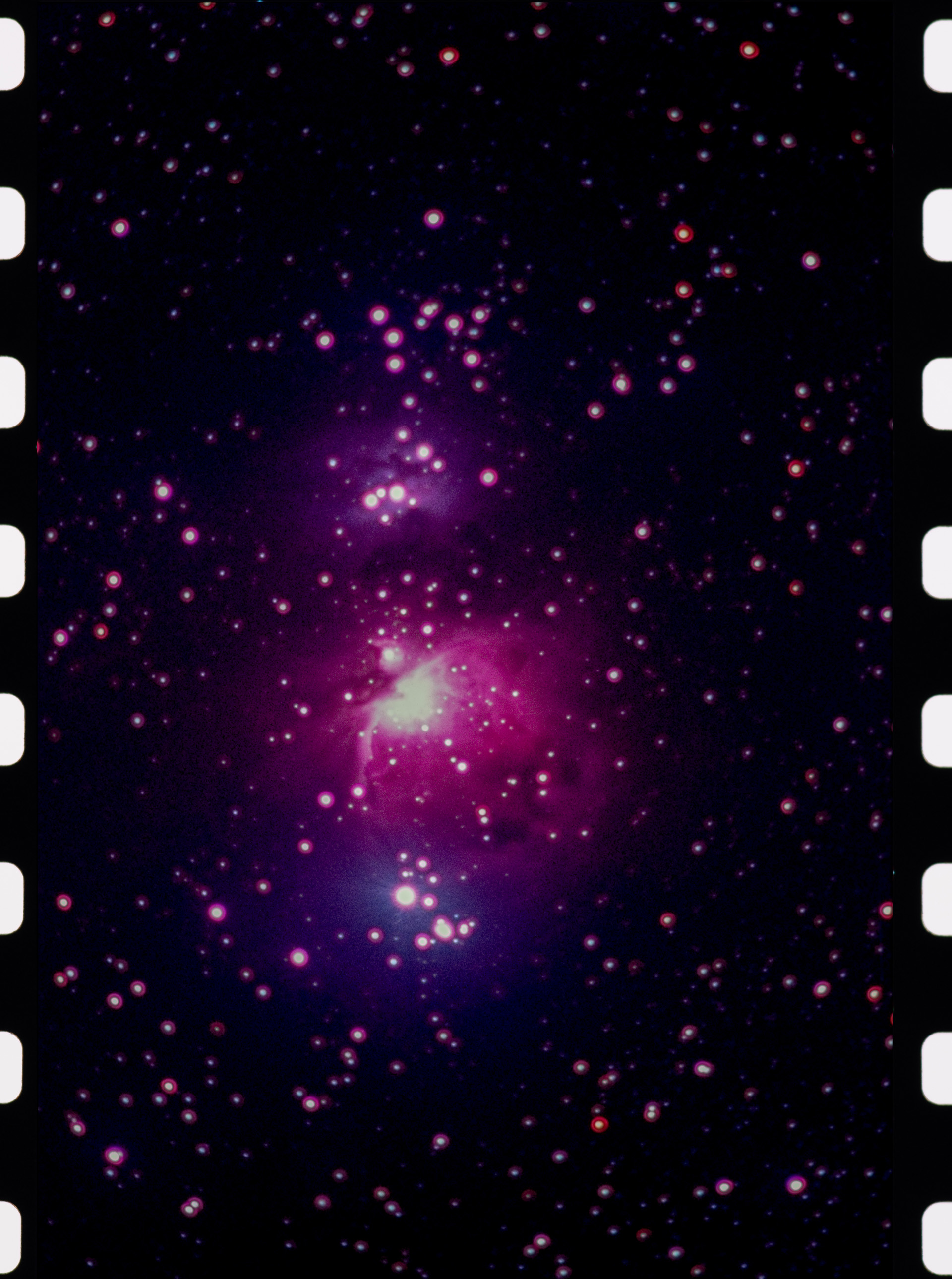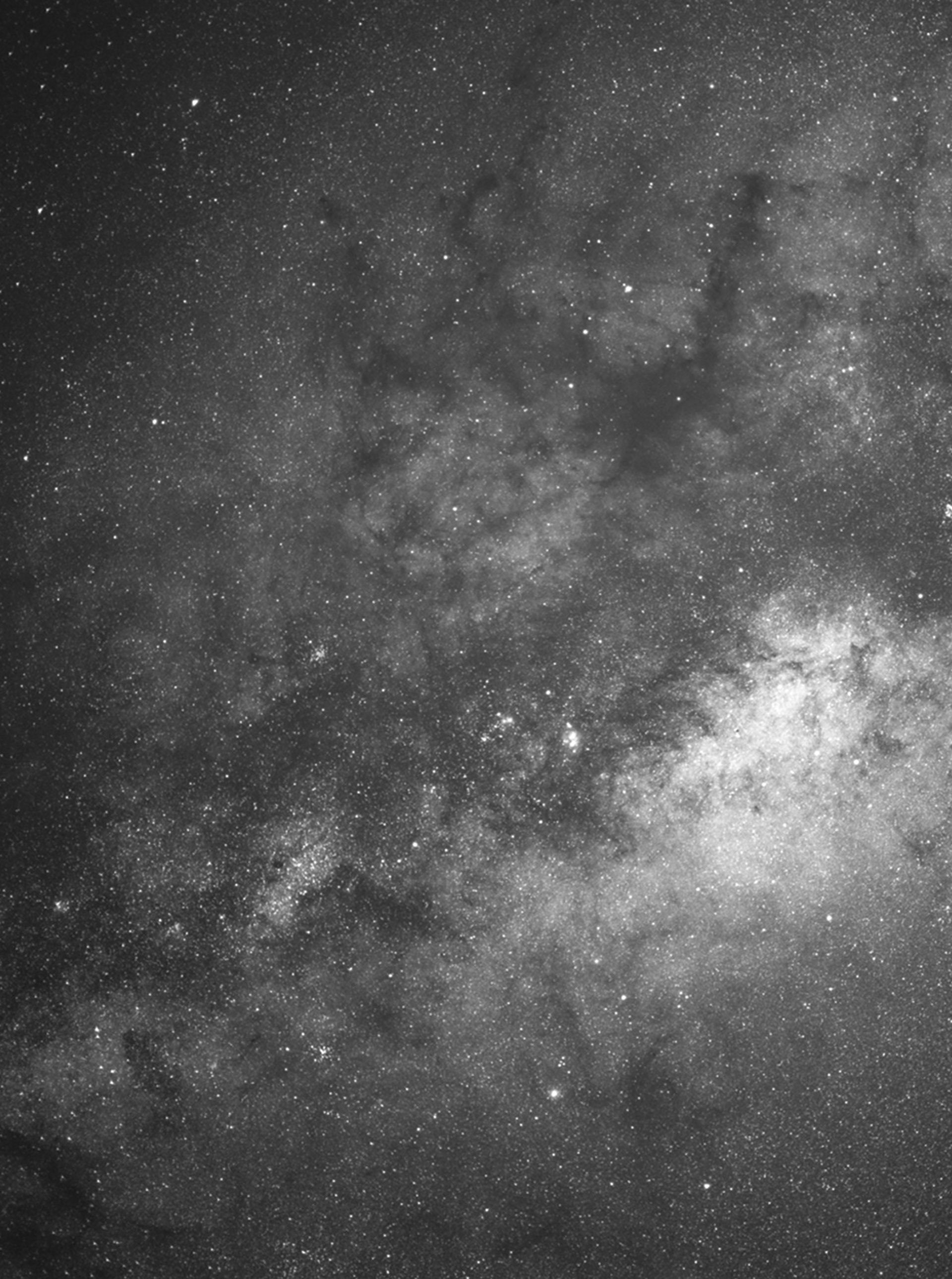Spotlight: Jason De Freitas
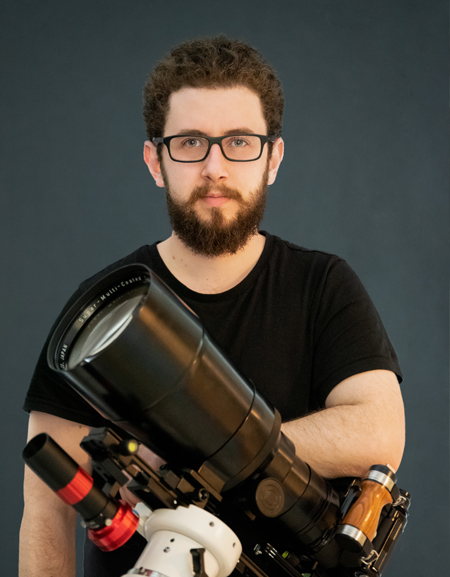
Bio
Jason De Freitas is an aeronautical design engineer and fine art photographer living on the south coast of NSW, Australia. Leveraging his technical background his photography focuses on experimental techniques often combining modern technology with traditional analog mediums. He is most notably recognised for his analog astrophotography and infrared landscapes.
First, tell us a little about yourself. What is your background, how long have you been a photographer, and what type of photography do you specialize in?
Hey, I’m Jase! I grew up and live on the east coast of Australia where I have started a career as an aeronautical engineer. I started teaching myself photography about 6 years ago and this creative outlet quickly spiralled out of control to where it now consumes almost all of my spare time. I still like to explore as many types, formats and genres of photographs as I can get my hands on but I specialize in analog astrophotography. Astrophotography on film is my obsession I’ve formed where I’m continually trying to challenge myself to take it further and further each time to find out how far I can personally take it.
Why did you get into photography, and what inspires you?
I initially decided to pick up photography when I had moved out of town for a job. I had moved from a large city to a small coastal town and photography was the perfect way to explore the area and surrounding regions. As an incredibly introverted homebody, my first camera was the tool I needed to tackle some mental health challenges as well as open up a much needed creative outlet. My photography is still very much driven by challenging myself on a technical and personal level but my inspiration and motivation to continue taking photos is increasingly coming from communities and interactions with people I meet through photography.
Can you give us some insight into your shooting techniques when shooting film? What are the top 3 most important elements when you shoot film?
Astrophotography is inherently a very technical and gear heavy genre. When you throw film into the mix the biggest challenge is getting enough exposure at all. The emulsion I choose is extremely important - I would argue more so than with other genres on a technical level. My exposure times are so long that reciprocity failure becomes the dominant element in achieving a good exposure, so much so that using slower speed film actually ends up being more sensitive than high speed film. My exposures can be over two hours for an astrophotography shot or even much longer for star trail photos. This means that planning out the shot is one of the most important elements for me when I shoot film. I don’t get many attempts a night let alone in a year since I need perfect clear moonless nights - those are rare! You asked for three most important elements when I shoot film so the last one I’m going to mention is coffee!. Shooting film for me means sacrificing sleep, making the most of any nights with clear conditions. I think that dedication by staying up all night getting up for a sunrise, or just forcing yourself to get out and shoot makes the result so much more gratifying.
Why do you shoot film? Any advice to others interested in working with film?
The simple answer to this question is I just enjoy it. When I first decided to try out film the appeal to me was the hands-on and tangible process - it’s very much a craft that has a unique appeal compared to digital photography . I started developing and scanning from my very first roll of film and I think that’s what made me fall in love with the medium more than I could have ever expected. When it comes to my analog astrophotography, I’m particularly into using reversal film and viewing the slides on a light table. The slide itself is what I’m aiming to create, I’m not necessarily just aiming to create a photo but rather create the slide itself is an artefact - a tangible object that was created by an interaction with the ancient light from stars, galaxies and nebulae with the emulsion and chemistry.
The advice I would want to give to anyone interested in trying film is that it’s way more forgiving than you might think. This is the most true with negative film stocks but even with developing I found it to be more resilient than I expected. I recall being extra careful and trying to do everything perfectly when I was learning but you’ll really be fine!
What are your biggest influences as a creative?
For me I find online communities my biggest influence. I don’t have a background in art or photography so that was how I was able to enter the creative world. I really like that there’s often a mix of professional and amateur creatives sharing the same space. I think it really encourages alternative processes while also being a really collaborative environment where most people are eager to share knowledge and encourage newcomers.
Any recent photos, shoots, upcoming projects, or photography plans that you’re excited about and would like to share with us?
This time of year is the off season for my astrophotography but lockdown restrictions are finally easing in my area and summer’s approaching so I’m really keen to work on some different projects. I’m excited to start exploring some ideas that really combine my aeronautical background with film - that’s all I’m willing to give away right now!
What’s your favorite photo or session you’ve ever taken on Fujifilm?
My favourite photo I’ve taken on Fujifilm, and possibly my favourite on any film is my ISS transit photo. I consider this my once in a lifetime shot and feel very fortunate that I was able to even attempt the shot. I took the photo on the 17th of December in 2020 during the ‘great’ Jupiter-Saturn conjunction - the closest the two planets have been observed in almost 400 years. I worked out that I could photograph the Internal Space Station transiting perfectly between the two planets with the crescent moon exposed via earthshine in the same shot if I photographed it from a very specific location. Fortunately it was a drivable distance from me and I managed to pull it off!
